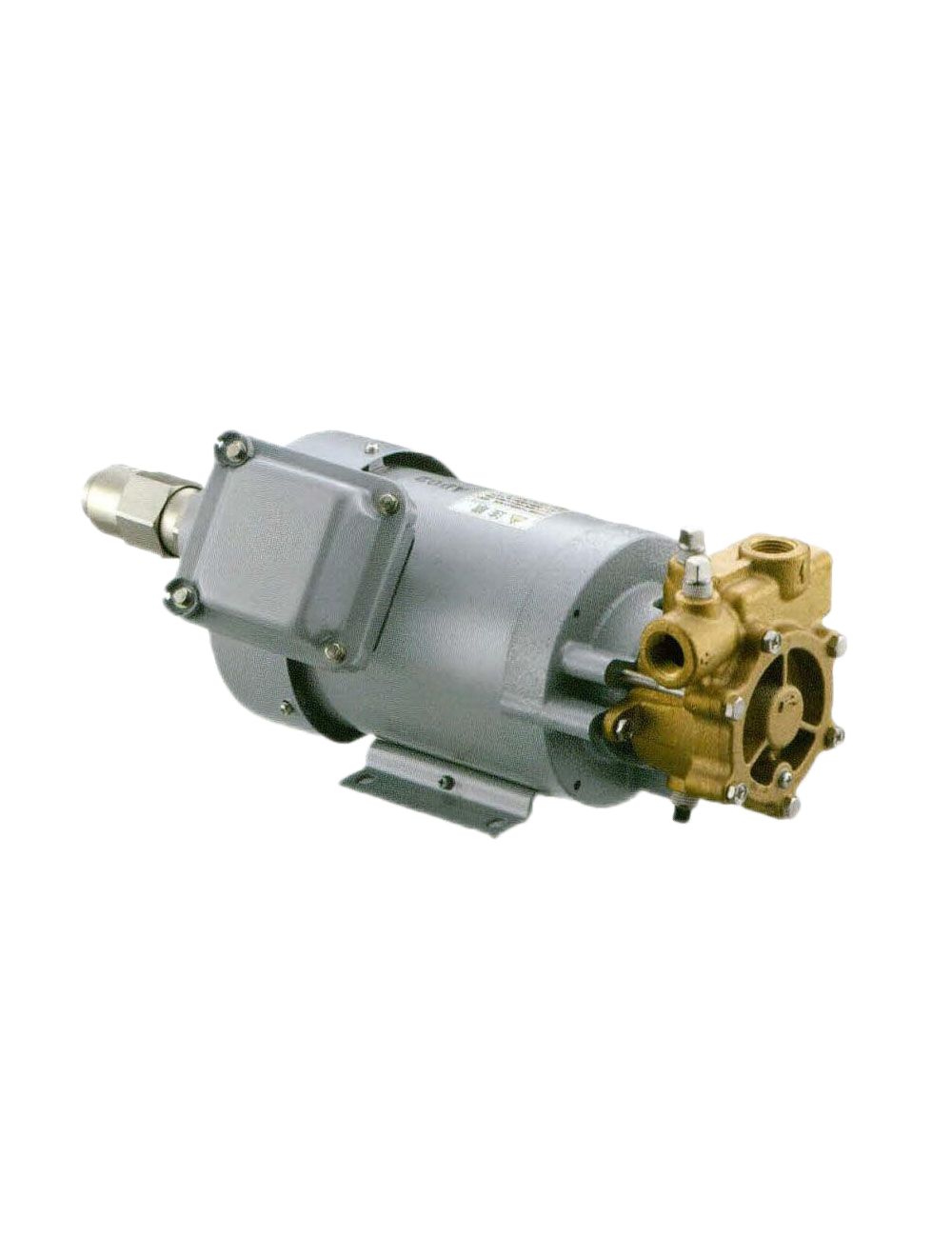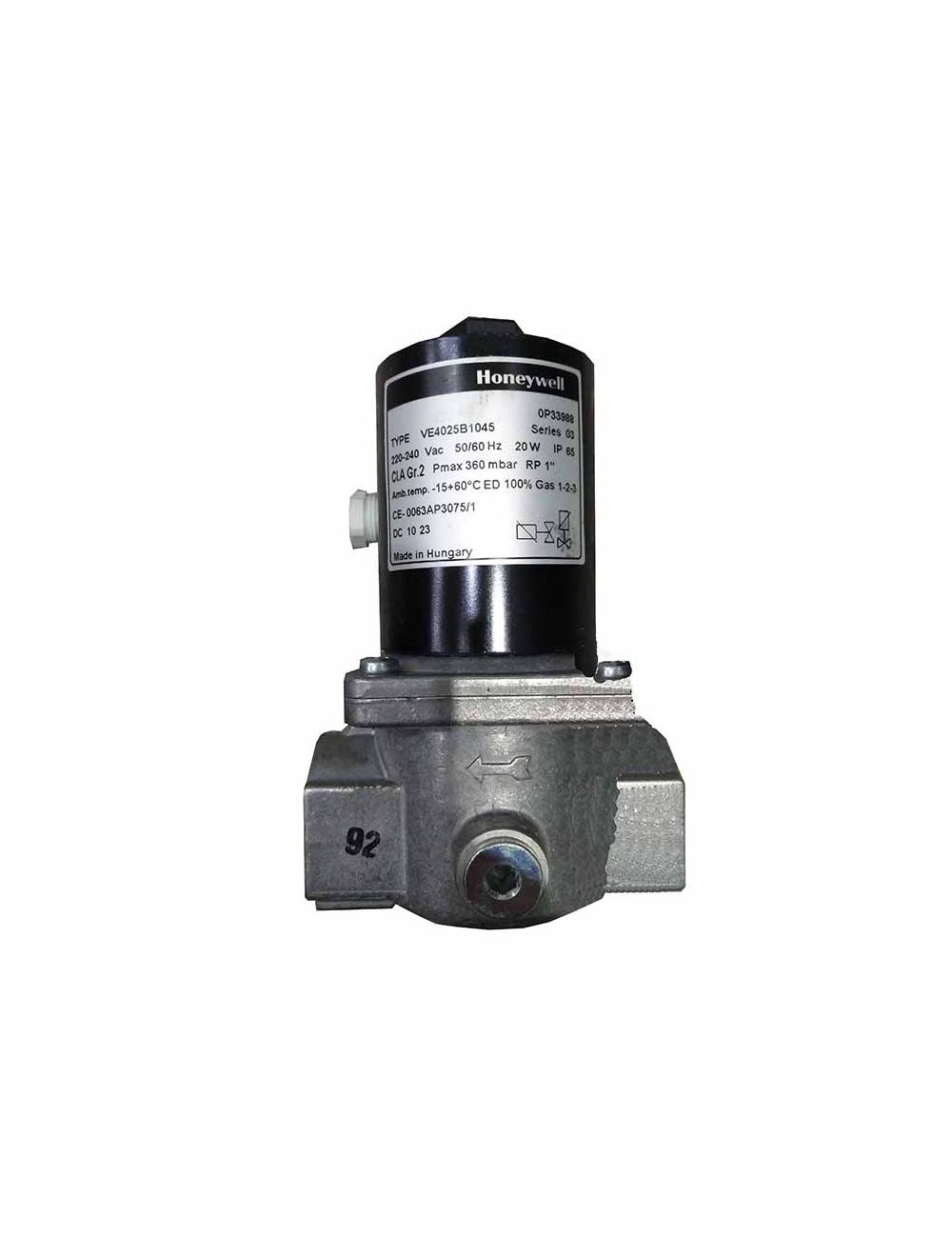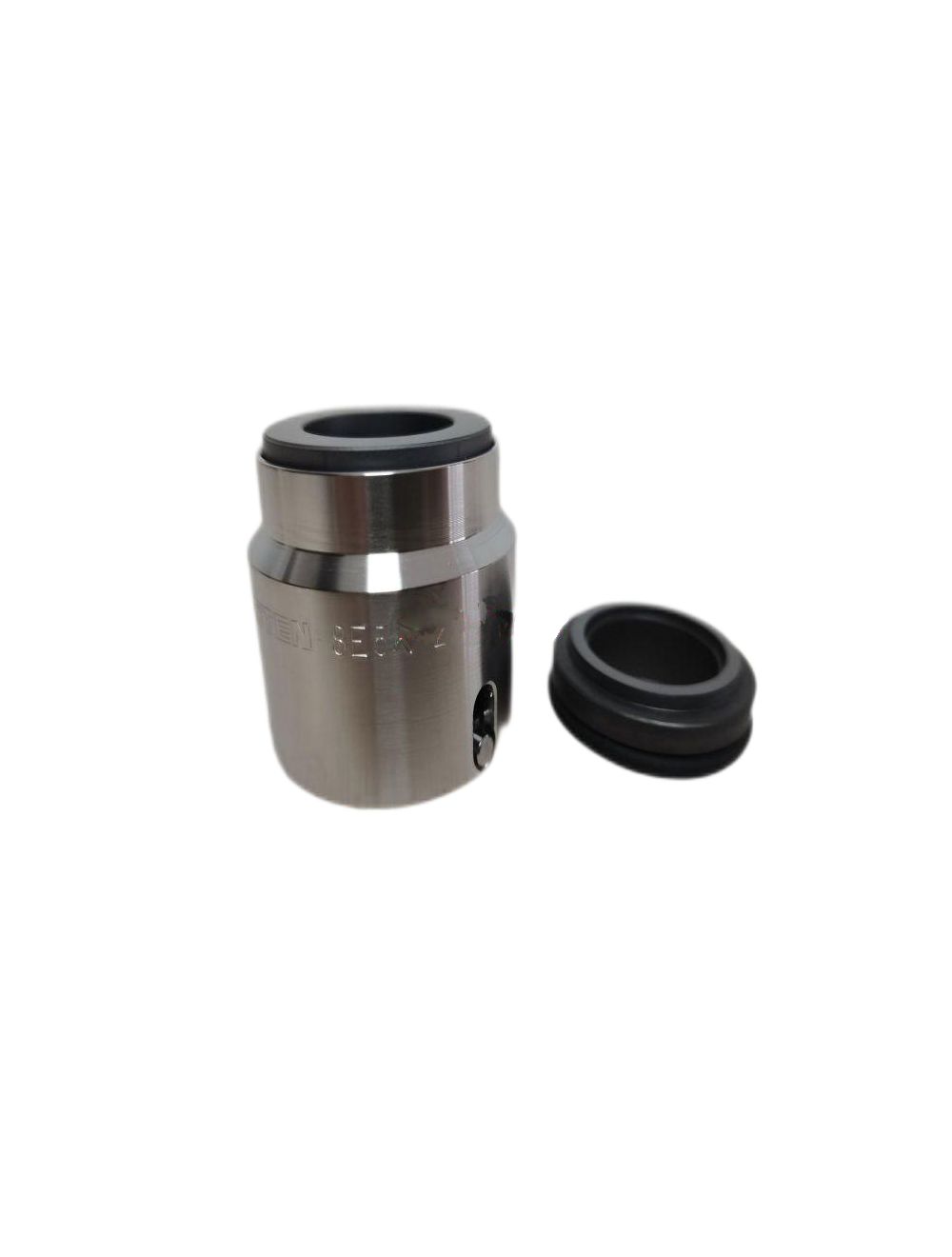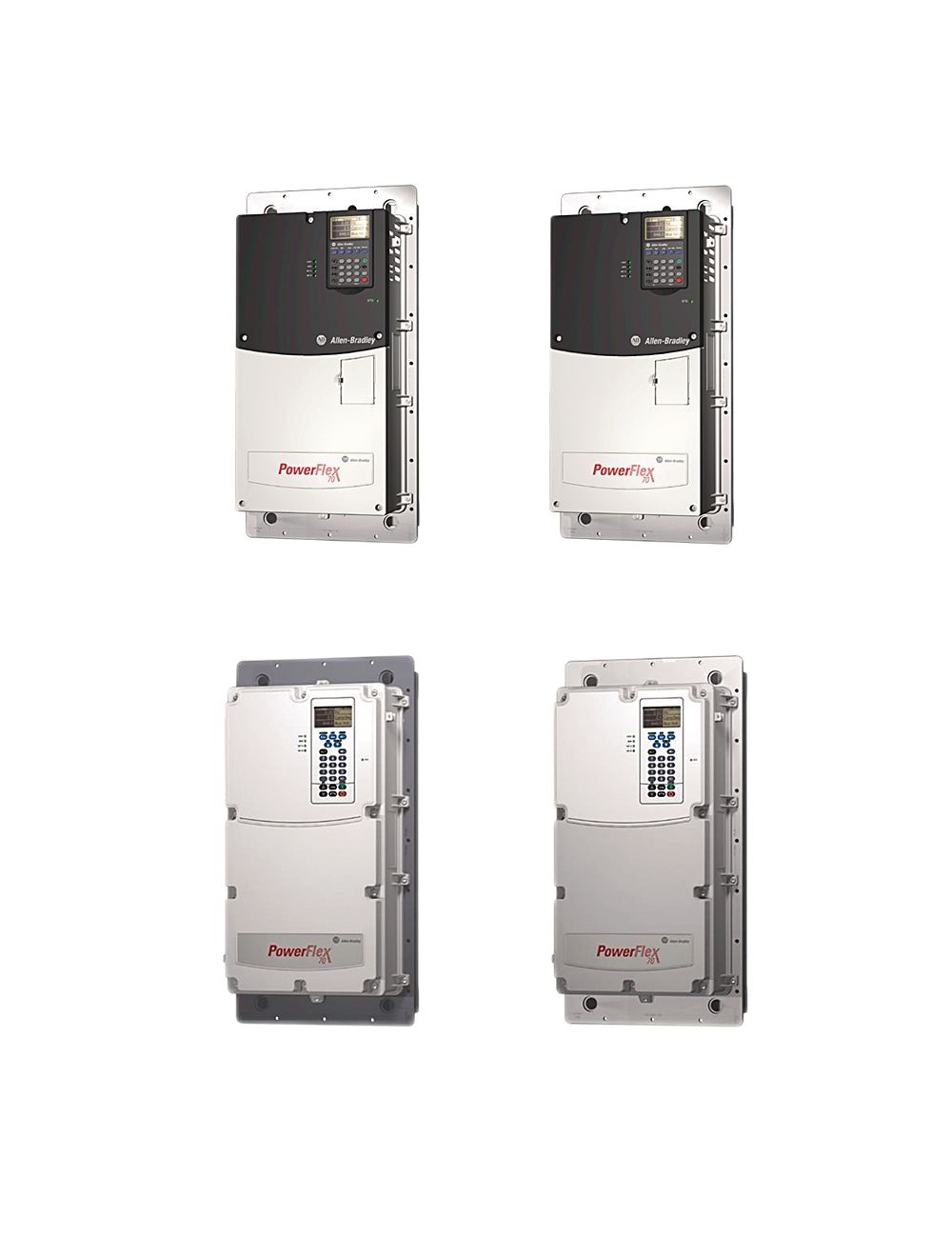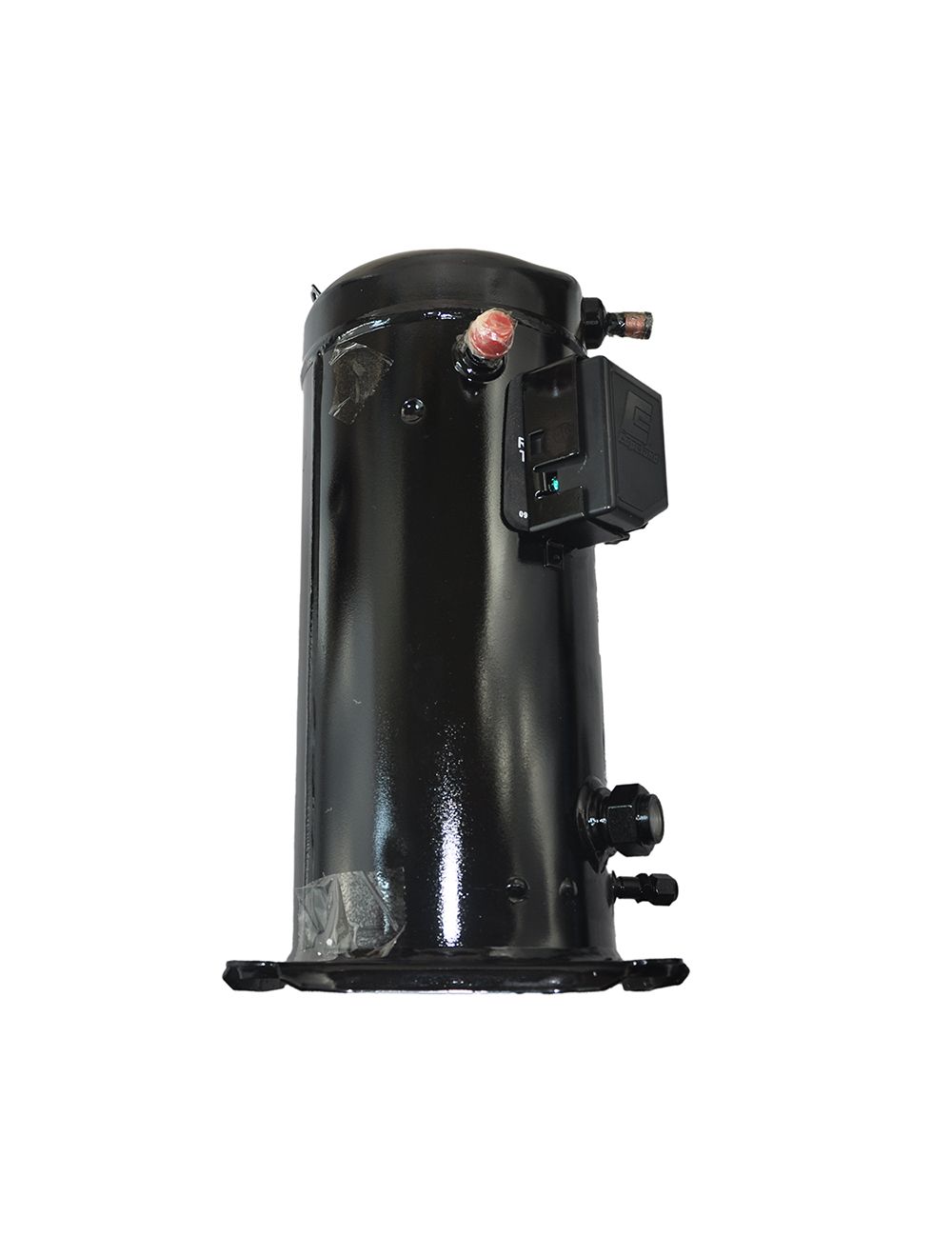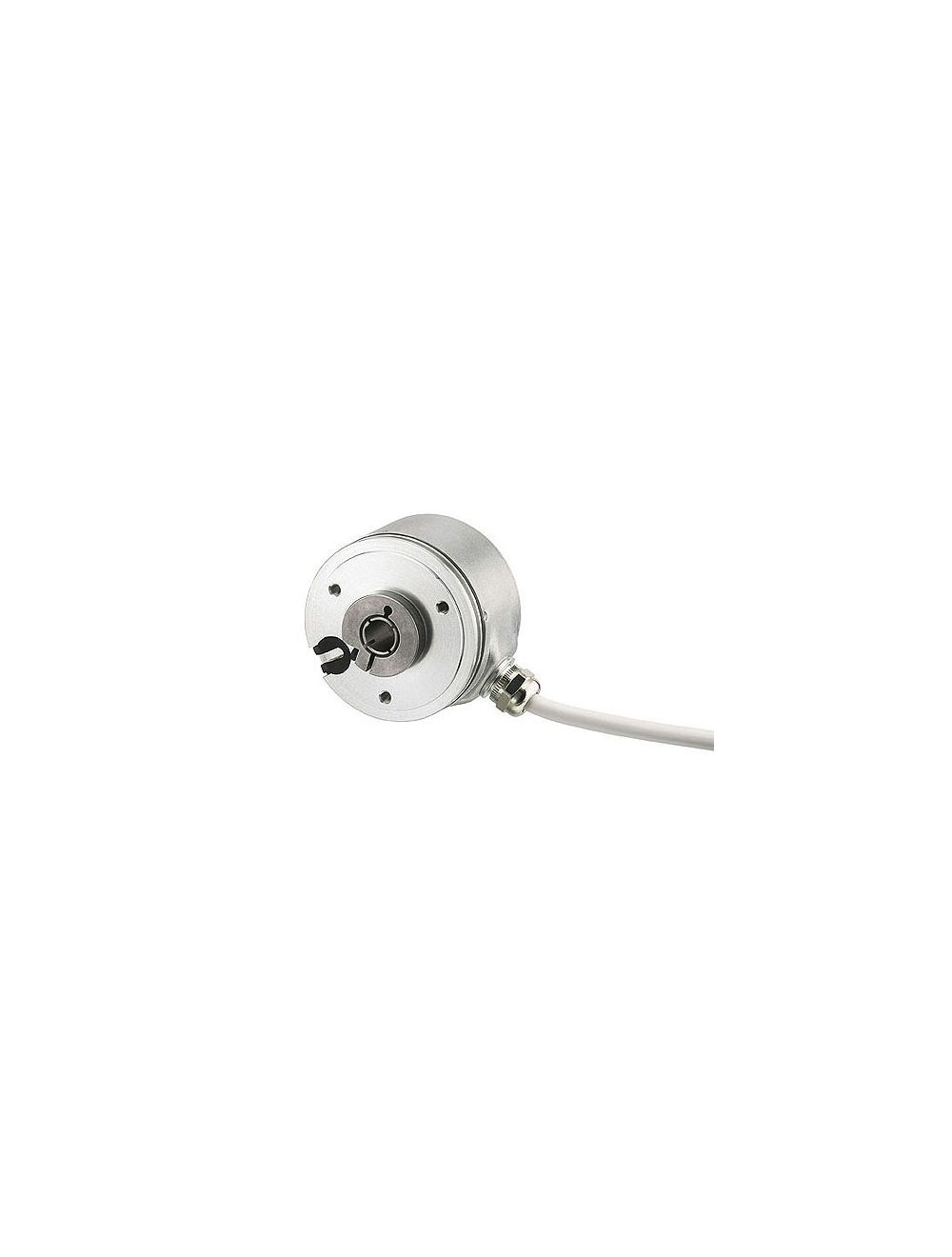Characteristics and Control of Exhaust Noise of Air Distribution Valve in Pneumatic System
In a pneumatic system, the air intake and exhaust of the cylinder are controlled by an air distribution valve, and the noise generated by the air discharged into the atmosphere through the exhaust port of the distribution valve is often greater than the noise generated by any part of the pneumatic system. And cause serious damage and pollution to the operators and the surrounding environment [2]. In view of the universality of the noise, the severity of the hazard and the urgency of its treatment, the author has conducted a lot of experimental research on the characteristics of the noise, especially the problems and development trends of the muffler in the noise control. The fuzzy understanding of the noise control muffler is explored for the effective control of this noise in industrial practice.
2 The characteristics of the exhaust noise of the air distribution valve and the requirements for the muffler
2.1 Classification of exhaust noise
Exhaust noise is aerodynamic noise. According to the fluctuation degree of exhaust noise, it can be divided into three categories: stable exhaust noise, periodic exhaust noise and intermittent exhaust noise.
Stable exhaust noise refers to the situation where the noise level remains basically unchanged during the entire exhaust process, such as the noise generated by the air compressor tank through the exhaust valve above or below it. This noise is mainly high frequency.
Periodic exhaust noise refers to the periodical changes in the size of exhaust noise, and there is noise during a large part of the whole process. For example, the exhaust noise produced by internal combustion engine is periodic exhaust noise. This noise is mainly low frequency.
Intermittent exhaust noise means that the magnitude of the noise presents a very obvious impact. The next noise pulse is generated after a long time after the previous noise disappears, and the time with noise is much less than the time without noise. The noise generated by the cylinder exhausting through the air distribution valve is this kind of noise. The pump suction port should be large enough and submerged to a certain depth below the liquid level of the fuel tank to prevent the liquid level from falling after suction.
2.2 The characteristics of the exhaust noise of the air distribution valve
Take the clutch cylinder of a 20MN hot die forging press through an air distribution valve as an example. The measured noise results are shown in Figure 1. The results of a large number of tests are similar to Figure 1. The higher the air pressure in the cylinder before exhaust, the greater the noise value, and the sound pressure level at each frequency increases, and the low and high frequency sound pressure values are higher. The intermediate frequency is lower, and the spectrum curve is saddle-shaped. Low-frequency noise is generated by a monopole source, and the high-frequency part is generated by a quadrupole source. And the test results show that the noise is the largest at the beginning of the exhaust, and then becomes smaller and smaller until it reaches zero.

Although the low frequency part of the exhaust noise is very large, Figure 1 shows that the A sound level of the low frequency part is below 80dB, and the A sound level of the high frequency part is very high. At present, the A sound level is widely used in the world to measure a The degree of noise damage to human ears, so the exhaust noise generated by the air distribution valve is still dominated by high frequency parts. When controlling, take high frequency as the control object.
2.3 Requirements for mufflers used for exhaust noise from air distribution valves
According to the characteristics of the noise and the actual situation of the pneumatic devices in the factory, the following requirements are especially put forward for the exhaust muffler for controlling the noise:
(1) Good high-frequency noise reduction performance.
(2) Good aerodynamic performance. That is, the exhaust resistance is small, and the exhaust time will not be excessively extended after the muffler is installed, or even cause equipment accidents.
(3) Strong ability to resist harsh environment. Because compressed air contains water, oil and other impurities, there is dust at the use site. Therefore, in order to increase the life of the muffler, the muffler should have good resistance to water, oil and dust pollution. In addition, due to the strong impact of the exhaust gas and the high flow rate, the muffler structure should have good resistance to shock, vibration and scratching.
(4) It has good structural performance, low cost, simple maintenance and long life.
3 Common types of mufflers for noise control and their problems
3.1 Small hole injection muffler
Professor Ma Dayou of the Institute of Acoustics of the Chinese Academy of Sciences and other scholars, through theoretical and experimental research, put forward the theory of small-hole injection control noise. The principle is to change a large nozzle into many small holes under the premise of maintaining the same exhaust volume. Instead, the small hole moves the high-frequency sound to the ultrasonic range where the human ear is not sensitive, so as to achieve the purpose of noise reduction. The sound attenuation of the small hole jet muffler is [2]
in the formula xA-blocking condition 0.165D/DO
D-nozzle diameter (mm), DO=1mm.
When D≤1mm, xA1 can be obtained by transformation [5]
ΔL=27.5-30lgD
It can be seen that in the small hole range, the diameter of the hole is halved, which can increase the noise reduction by 9dB. Considering the difficulty of processing the small hole, it is generally appropriate to choose a small hole with a diameter of 1 to 3mm. If the aperture is too large, the sound attenuation effect of the small hole is very poor.
If the small hole spacing is small, the airflow will converge into a large jet after passing through the small holes, which will make the noise reduction effect worse. For this reason, the center distance of the holes should be 5-10 times the hole diameter during small hole injection (the higher the main pressure before injection, the larger the hole center distance will be), and the minimum value of the hole center distance
In the formula, d——small hole diameter, usually b=(8~10)d is more appropriate.
In order to make the exhaust smooth, considering the damping effect of the small holes, it is recommended to design the open flow area of the muffler to be 1.5 to 2 times the flow area of the exhaust valve.
In summary, for the small-hole injection muffler, to make it have a certain noise reduction effect without affecting the normal operation of the pneumatic device, the three key parameters of the muffler's aperture, hole distance and number of holes must be grasped. .
In the investigation, it was found that the three key parameters of the muffler used in many factories always did not meet the requirements. Figure 2 shows a muffler for an air distribution valve produced by a certain factory. The circumferential hole pitch is 44.5mm, the axial hole pitch is 13mm, and the number of holes is 48. The hole diameter d=2.3mm is between 1 and 3mm; the ratio of the hole pitch b in the circumferential direction to the hole diameter d is b/d=19.3, and in the axial direction b/d=5.6, therefore, the hole pitch in the axial direction is a bit smaller ; The air distribution valve has a diameter D=15mm. According to the aforementioned design principles, the total area of the small holes should be 1.5 to 2 times the flow area of the valve. In this way, the calculation shows that the number of small holes required should be 64 to 85 holes, while the muffler shown in Figure 2 has only 48 holes, and the reduced area is only 1.13 times the valve flow area, so it will cause exhaust The phenomenon of air obstruction occurs, and the muffler does have the problem of poor exhaust in actual use. In addition, the axial spacing of the holes is too small, and the aperture is 2.3mm too large, resulting in an actual noise reduction of only 7dB. The two shortcomings are common As a result of the effect, operators often disassemble it and use it in practice.

3.2 Large hole diffusion muffler
Figure 3 shows a muffler for an air distribution valve produced by a domestic factory. The diameter of the valve used is 25mm. The total area of 40 φ5.5 holes is equivalent to 1.936 times the flow area of the valve. Therefore, the exhaust is Very smooth. The hole distance b=7.5mm, the ratio of the hole distance b to the hole diameter d=5.5 is b/d=1.36mm, the hole distance is too small, and the hole diameter 5.5 mm far exceeds 1-3mm, so the noise reduction performance is very poor. The noise reduction is only 2.5dB. Therefore, it should be actively promoted not to use the muffler.

3.3 Small hole diffusion muffler
At present, many domestic air distribution valves use this type of muffler on the exhaust port, which has the advantages of small size and large noise reduction. This type of muffler has a large number of small pores, which can filter the exhaust airflow into countless small airflows, so that the gas pressure is reduced, the flow velocity is reduced, and the purpose of noise reduction is achieved. This type of muffler can be divided into microporous sintered type and multi-layer metal wire mesh type (or called sieve plate type). As shown in Figure 4, the microporous sintered type is made of spherical particles such as metal, plastic or ceramics. Under temperature and pressure, it is sintered into a muffler with micropores (pores as small as silk meters) in the mold. At present, the copper particle sintered type is most used. Multi-layer metal wire mesh type is to wind a copper mesh with good anti-rust function on a perforated protective panel with good rigidity in the muffler to form a multi-layer (up to 20 layers) copper mesh, and then install a metal protective surface on the outside Sleeve.

a. Microporous sintered type
b. Multilayer wire mesh type
A large number of test results show that under the same size, the noise reduction of the microporous sintered type is significantly greater than that of the multi-layer wire mesh type, and these two types of mufflers have good mid-to-high frequency noise reduction characteristics. However, the pores of the microporous sintered type are too small. After a period of use, the micropores will be blocked due to impurities in the compressed air, oil, water and dust in the environment. During the investigation, it was found that when the pneumatic device was operated at full load for about half a year, almost 40%-50% of the micropores in the microporous muffler were blocked, and it was difficult to clean up small impurities when drilling into the micropores. Therefore, the muffler was used After a period of time, due to the serious blockage, it can only be removed and used, otherwise the exhaust will be very blocked and the normal operation of the equipment will be affected. For example, the investigation found that due to the serious blockage of the muffler, the clutch and brake of the hot die forging press were not ventilated smoothly, which eventually led to the occurrence of a "stuffy car" accident, and the molds used for tens of thousands of dollars had to be burned and cut.
For the metal mesh muffler, after using it for a period of time, it can be disassembled. After the impurities on the metal mesh are washed with a brush and water, its performance will be restored to the original. Therefore, the air distribution valve made in Japan has a large exhaust port. Most of these mufflers are installed, but they must be cleaned regularly.
A large number of test results on the test bench show that to ensure that these two mufflers have sufficient flow area so as not to affect the cylinder exhaust, the flow area should be 3 to 5 times the rated flow area of the valve. The upper limit is taken for the hole sintered type, and the lower limit is taken for the multilayer metal mesh type.
3.4 Pure resistive muffler
Since the resistive muffler made of porous sound-absorbing materials has good mid- and high-frequency sound absorption characteristics, and the exhaust noise is mainly mid- and high-frequency noise, people naturally think of using a resistive muffler to reduce the noise. Figure 5 shows the structure of the muffler.

1. Perforated protective panel
2. Shell
3. Sound-absorbing material
However, it was found in the investigation that the actual noise reduction of this type of muffler is often less than the noise reduction designed before actual use, and the performance decreases quickly and the service life is short. There are three main reasons for the above phenomenon.
First of all, due to the high air velocity, when flowing over the surface of the perforated protective panel, the perforation will disturb the airflow and generate large regenerated noise, which greatly weakens its noise reduction ability.
Secondly, because this kind of exhaust is intermittent and the flow rate is high, it produces a strong impact on the structural parts in the muffler, causing these parts to vibrate and radiate structural noise, thereby reducing the muffling function; in addition, high-speed impact The airflow attempts to scrape the porous sound-absorbing material out of the muffler. Over time, the sound-absorbing material in the muffler will gradually decrease, and the noise reduction performance of the muffler will decrease. After dissecting the resistive muffler installed on the exhaust port of the clutch cylinder of the 1800-ton hot die forging press used by the Second Automobile Forging Plant, the author found that almost half of the sound-absorbing material was scraped off, so its noise reduction performance is very good. difference.
Finally, the compressed air discharged from the cylinder through the air distribution valve contains a certain amount of oil, water and impurities, and there is dust in the use environment. Therefore, the investigation found that the glass cloth on the surface of the porous sound-absorbing material in the muffler and the micropores in the porous sound-absorbing material near the surface have been filled with oil and cement. The porous sound absorption in the resistive muffler that has been used for a long time Almost all the pores of the material are soaked with oil and water, and the porous sound-absorbing material has completely deteriorated and rotted, which has caused a serious decline in the sound-absorbing performance of the porous sound-absorbing material. Therefore, porous sound-absorbing materials with good water and oil absorption properties should not be used in mufflers for air exhaust noise control.
3.5 Resistant muffler
The anti-biological muffler made of metal plate has good water and oil resistance, but the general resistant muffler has good low and intermediate frequency noise reduction performance, but the main frequency noise reduction performance is poor. Especially for the intermittent exhaust noise of the exhaust port of the air distribution valve, the high-speed impact airflow produces a strong impact on the structural parts in the resistant muffler, causing it to vibrate and radiate structural noise; on the other hand, the airflow produces a strong impact in the muffler Turbulent flow phenomenon and unstable flow, resulting in air flow regeneration noise, the author's investigation and a large number of test results on the intermittent exhaust noise test bench show that when purely resistant mufflers are used in air distribution valve exhaust noise reduction occasions, The actual noise reduction is no less than the designed noise reduction. More seriously, sometimes this kind of muffler not only does not reduce noise, but instead amplifies the noise and becomes a loudspeaker. Therefore, the use of resistant mufflers in this noise control must be very careful.
Figure 6 shows the schematic diagram of the resistant muffler designed by the technicians of a factory for the exhaust port of the clutch air distribution valve of the flat forging machine for die forging of the factory. The designed noise reduction can reach 35dB, and the actual noise reduction Only 7dB.

In response to the current problems in the noise control, the author has established a theory of effective control of the noise and a muffler with good performance after long-term and arduous research. It has been successfully applied to the noise and the exhaust resistance is extremely strict. In the control of the exhaust noise of the clutch and brake of the mechanical press, it has been widely used in practice and has good performance.
4 Conclusion
(1) The noise generated by the air distribution valve far exceeds the national standard, causing extremely serious damage and pollution to the operators and the surrounding environment, and effective control of this noise is imperative.
(2) According to the fluctuation of exhaust noise, it can be divided into stable exhaust noise, periodic exhaust noise and intermittent exhaust noise. The exhaust noise generated by the air distribution valve is the intermittent exhaust noise. Gas noise.
(3) The exhaust noise generated by the air distribution valve is mainly high and low frequency, and with the increase of the pressure in the cylinder, the total noise level and the noise value at each frequency increase, and the The noise is the largest.
(4) The muffler used for air distribution valve exhaust noise control should have good high-frequency noise reduction performance, good aerodynamic performance, strong resistance to harsh environment, and good structural performance.
(5) At present, there are five types of mufflers that control this noise: small hole injection type, large hole diffusion type, small hole diffusion type, resistance and resistance. The more effective types are small hole diffusion type and small hole diffusion type. Orifice injection type, but the flow area of the small hole diffusion type muffler should be 3 to 5 times of the valve flow area, and it must be cleaned, maintained and replaced regularly. When designing the small-hole injection type, the aperture (1.5mm), the hole distance (8-10 times the aperture) and the flow area (1.5-2 times the valve flow area) must strictly meet the requirements.
